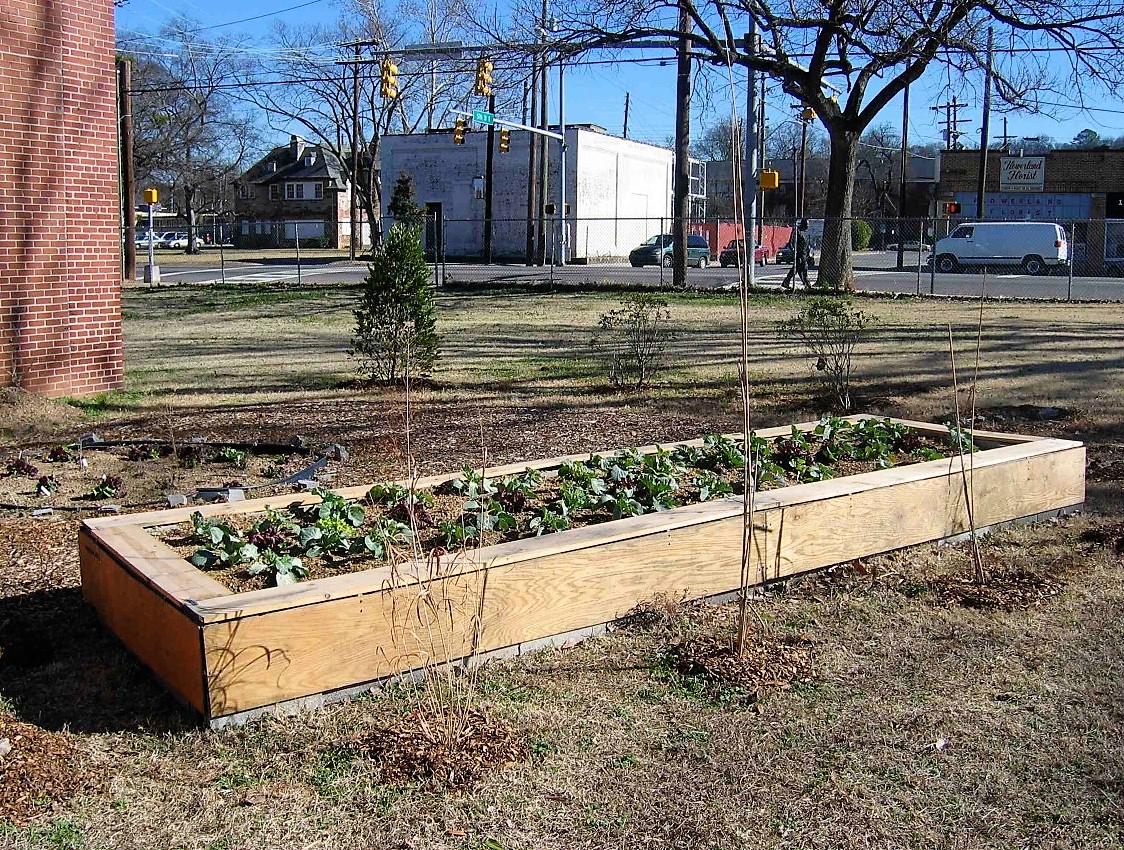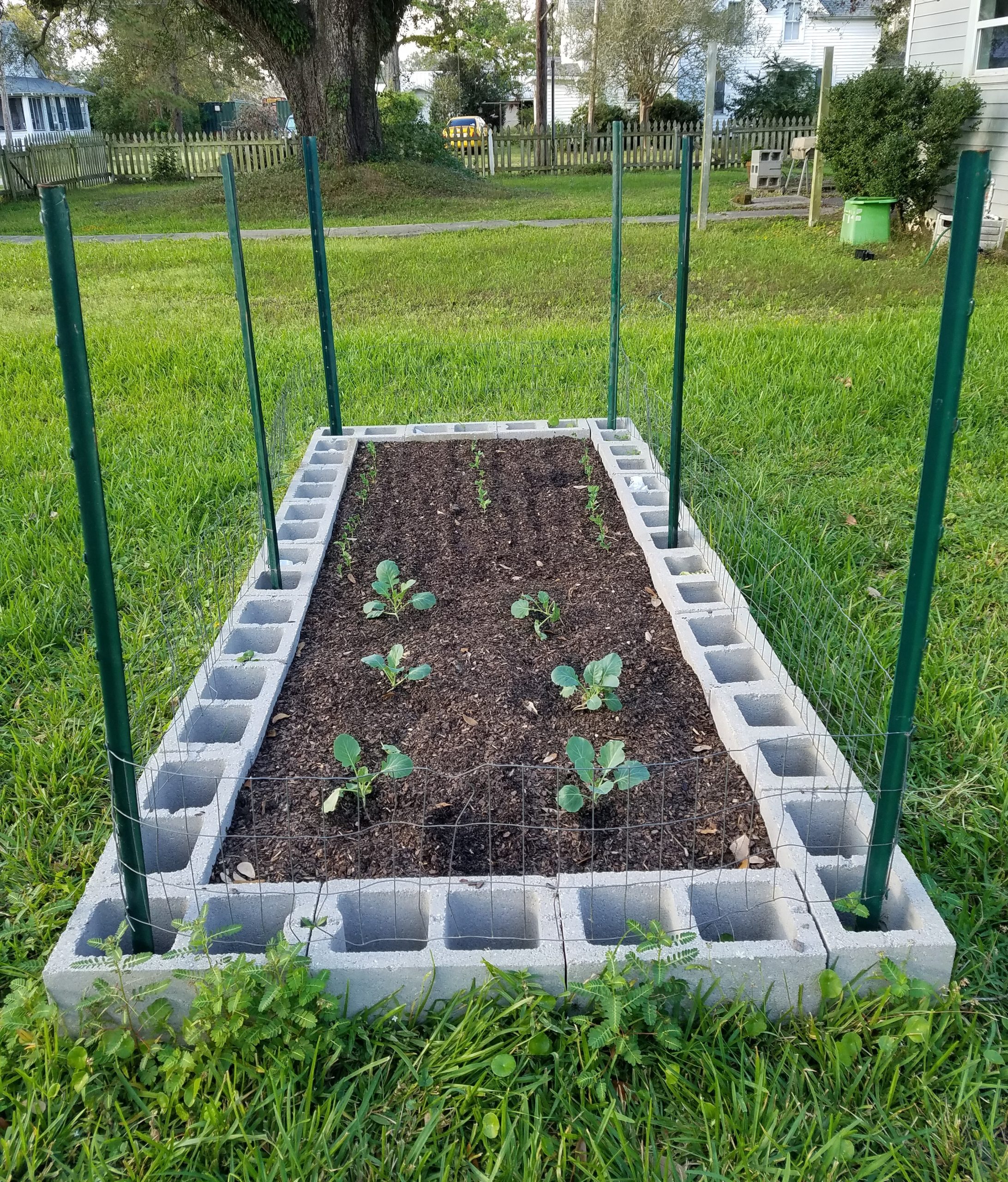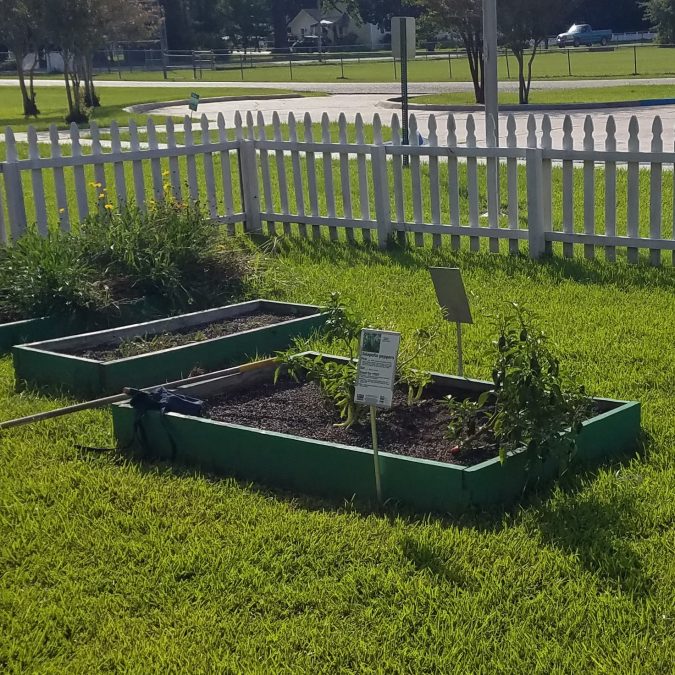
Grass Carp weighing 92 pounds caught during LDWF sampling
March 29, 2024
How Specialized Programs Support Your Fitness Goals
March 30, 2024Raised beds are often the best option for growing vegetables at home. Besides providing good drainage (assuming that an appropriate soil mix is used), they also help keep weeds out of the garden. Another benefit of raised beds is that, as long as the beds are not too wide, tending a raised bed garden is likely to be easier on our backs than working an in-ground vegetable garden. There are even raised beds that are designed so that people in wheelchairs can tend them.
It’s generally suggested that raised beds be no more than 3 to 4 feet wide. If you’re gardening with young children, you may want to go with the more narrow width. The important thing is that people be able to reach the centers of the beds, without climbing into them.
A raised bed can be of pretty much any length. Having one long bed will reduce the amount of building materials needed, but having several smaller beds can aid you in practicing crop rotation, which is important for preventing disease problems.
Eight inches is about as shallow as you’ll want to make the bed, unless you’re going to work up the soil under the bed, as well, so that vegetables can extend their roots deeper than the bed itself. Keep in mind that the top of the soil should probably be at least an inch or so below the sides of the bed, so that soil doesn’t wash out of the bed.
Wood makes an aesthetically pleasing bed border, and 2 x 10-inch or 2 x 12-inch pieces of wood can be used to make a raised bed that is adequate for many vegetables. A downside of this is that the sides will not be wide enough to sit on comfortably. Also, of course, wood will eventually rot. Larger pieces of wood, like stacked 6 x 6-inch beams, can also be used to make an attractive bed.

This raised bed was built of cinder blocks, and a wooden cover was built to go over them. (Photo by M.H. Ferguson)
They won’t rot like wood will, and they can be painted on the outside of the bed, if you want to get creative. For greater stability, you can drive rebar into the soil, within the cinder blocks’ holes.
Cinder blocks are commonly 8 inches tall and wide, and 16 inches long. (Just as 2 x 4-inch wood is actually a little smaller than 2 inches by 4 inches, some cinder blocks are a little smaller than 8 x 8 x 16 inches.) To make an 8-inch deep bed that is approximately 4 feet wide x 8 feet long on the outside, you need just 16 blocks of this size and about 11 cubic feet of soil. For a 16-inch deep bed, double these numbers. Note that such a bed will have inner dimensions of just about 32 inches wide by 80 inches long, since the blocks are 8 inches wide.

Cinder blocks won’t rot, and they can be rearranged if desired. (Photo by M.H. Ferguson)
When it comes to filling the bed, there is a range of possibilities. Top soil mixed with a couple of inches of composted organic matter is one option. Our Raised Beds fact sheet suggests equal parts sand, compost, and garden loam. Since top soil or garden soil can vary a good deal with respect to what it contains, it’s a good idea to get a soil test to determine what needs to be added. Some garden centers may be able to provide a soil test report for their products.
Note that, if more than 20% of the mixture you use in your raised bed is made up of organic materials such as pine bark, peat, and compost – as opposed to mineral particles like sand, silt, and clay – the LSU AgCenter Soil Testing and Plant Analysis lab recommends submitting the sample as a soilless/potting mix, for more accurate results.
Our Raised Beds fact sheet provides additional information on making a raised bed.
Contact Mary Helen Ferguson.






